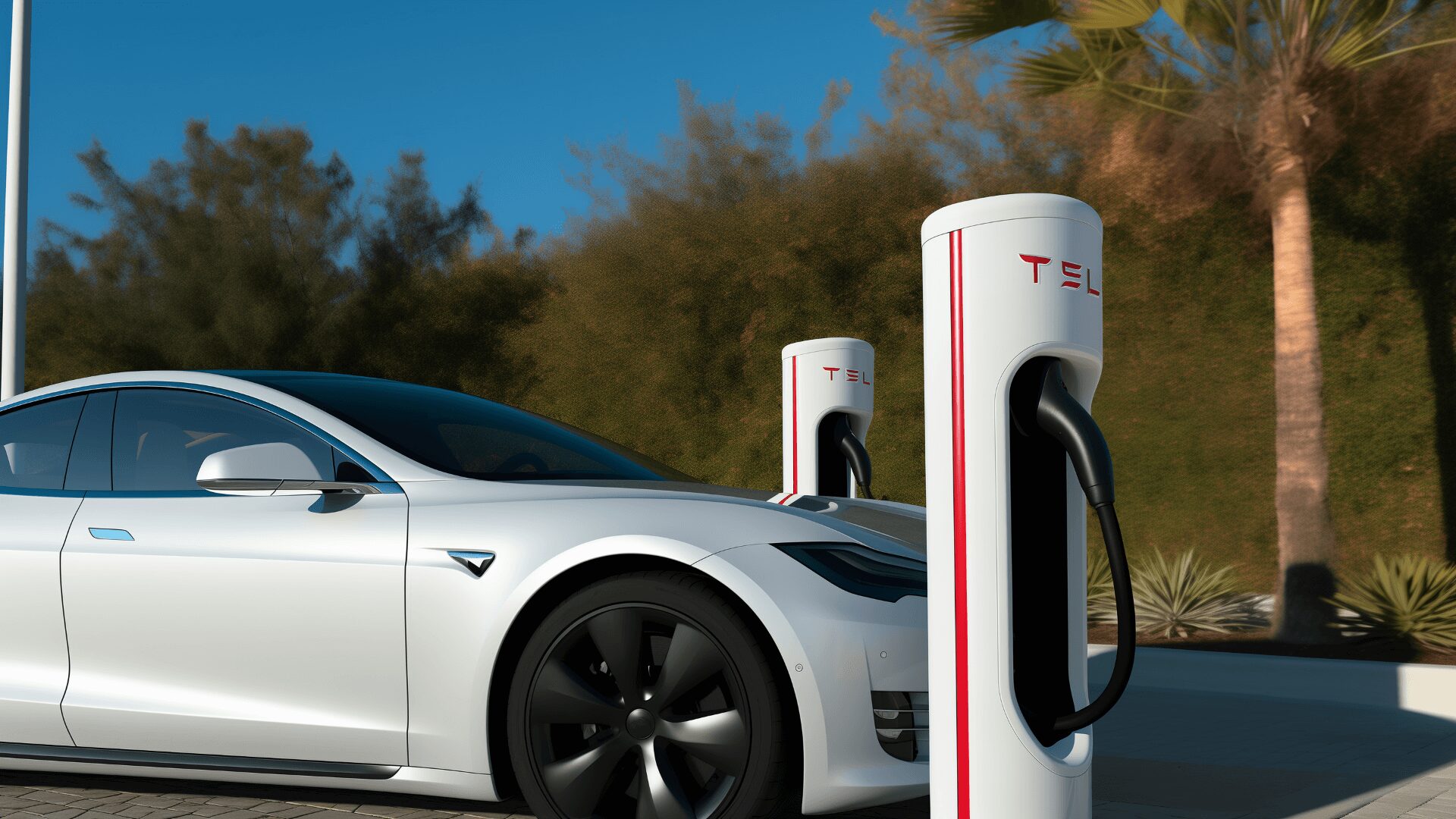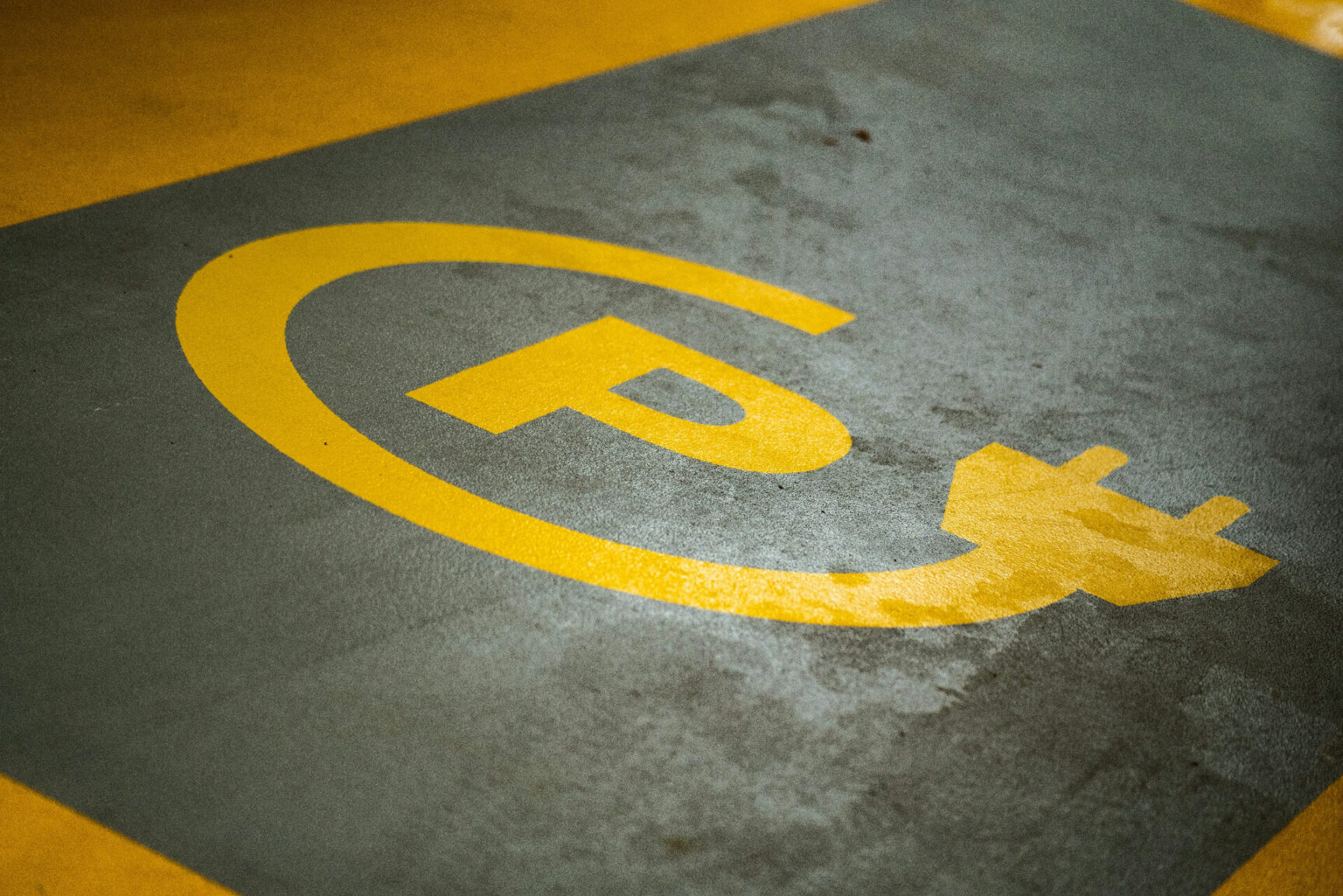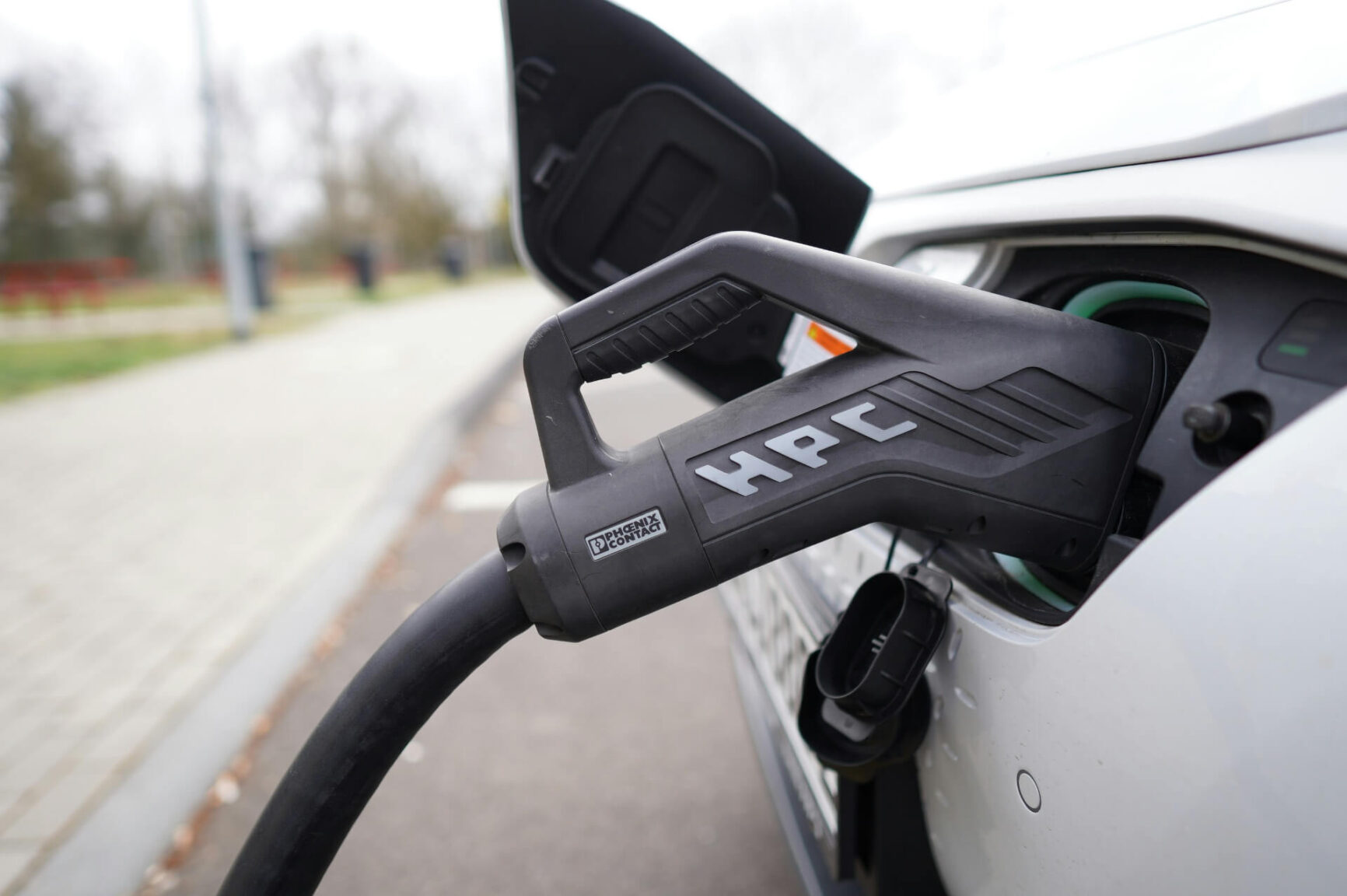
Is the EV Market Stalling Out or Ready to Recharge?
April 18, 2024 - Emily Newton
Revolutionized is reader-supported. When you buy through links on our site, we may earn an affiliate commission. Learn more here.
Electric vehicle manufacturing is a series of delicate processes, but one is most important — momentum. How fast are factories breaking ground? How effective is national legislation encouraging buyers to commit? Numerous factors, starting with the supply chain and ending with the vehicle’s end of life, determine how EV market trends impact the future.
In 2024, headlines seem to contradict each other. One day, OPEC details how oil demand will skyrocket in 2025 with EVs being a nonissue. On the other hand, the U.S. broke sales records with no end in sight. What’s the true state of the EV market and its outlook?

What’s Happening to the EV Market?
The EV market in the U.S. is exceeding expectations in 2024. It had a 50% increase in sales in one year in 2023 with over 1.4 million EVs sold in the nation. Tax incentives likely have a lot to do with this, and it is hard to tell if there will be a consistent ballooning. With this fact alone, the EV market is far from stalling. Though subsequent years may not be as impressive, there will still be growth.
What about the rest of the world? Still, more internal combustion engines are sold than battery-powered cars, but this will change in time. An estimated one in five car sales were electric, which include plug-in hybrids and other variants. Here are some of the top-selling nations outside of the States:
- Norway
- Sweden
- Germany
- China
- U.K.
Then, there is the issue of the battery market. There will be at least 120 new battery factories worldwide by 2030, with prices continuing to become more accessible to a wider range of buyers. The most critical development in the battery sector will be circularity. Recyclability and charging infrastructure will refine and expand, with advancements in pyrometallurgy and hydrometallurgy to accompany them.
By 2030, many batteries will have reached their suspected life cycles, causing environmental activists and EV buyers to wonder just how green their vehicles genuinely are. To quell these questions in an EV-laden future, this will be a priority. Lithium-ion will extend out of cars too, being used as backup energy storage for power grids and data centers alike, making the urgency to perfect battery sustainability even higher through regulatory action. This also suggests the industry is resisting stagnation.
How Does the Battery Market Relate?
EVs can’t run unless the battery market is equally lucrative and reliable. Zooming in, you’ll find this one facet of an EV has even more complex volatility. Because no other battery is market-viable other than lithium-ion, this is the battery type that will frame this discussion. Renewable batteries will reach a market value of $322 billion by 2030.
However, researchers are on their way to alternatives, like solid-state, metal-air, and sodium-ion, to name a few. These will disrupt the market when they enter, diversifying resources and potentially boosting sales with their new capabilities. For the market to maintain the ascension it is on, batteries will need to have better range, higher densities and better carbon footprints. Though this may cause turbulence in corporate priorities and what technologies cars should use, it will only lead to more cars being manufactured.
Advancement in lithium-ion batteries occurs when there is availability of resources. China is suspected to have 45% of the global demand in 2025, and this correlates to their electric vehicle manufacturing — which is some of the highest in the world. The rest of the world will likely see at least a 27% increase in demand by 2030. Rising vehicle sales have a lot to do with this, but other factors include:
- Expanding renewable energy
- Data centers
- Natural disaster preparedness infrastructure
- Grid modernization
- Legislation
The electric vehicle manufacturing sector has to keep its eyes on other industries to determine its stability, such as oil demand. The ebb and flow of oil is almost as shaky as EVs, with war, legislation and even petrochemicals found in renewable energy loosely influencing EV success by distracting the market’s attention to oil’s usefulness. Not every change in the car industry will publicize how great EVs are

Adding a Spark to Electric Vehicle Manufacturing
It is clear that some sales are down and manufacturers are shifting attention, but this doesn’t insinuate Tesla will close up shop or makers will give up transitioning to electric. The sales spike around the world was likely due to legislation and the novelty of the technology, which will naturally level. In fact, most manufacturing processes are optimizing, especially with the advent of Industries 4.0 and 5.0, including more automation into the structure.
Despite the massive changes in composition, EVs are put together similar to internal combustion engines. The process begins with raw material extraction at the beginning of the supply and value chain. These go through refinement and assembly to form parts. Batteries are the most shocking difference, where fabrication and assembly are far different.
Robots and automation drive EV plants, with robotic arms ensuring safe and rapid assembly with the highest precision. With numerous inspections, they are eventually ready to be sold.
Six Issuses Impacting EV Market Trends
Environmental, social and governance goals will be more aggressive every year, as EV and battery makers combat the most prominent issues, such as:
- Radioactive pollution
- Mining ethics
- Child labor
- Tax evasion
- Cybersecurity and data management
- Reporting and third-party auditing
The expectations of corporations and commuters will be higher, and what buyers want will determine the trends more than anything else. For example, caring more about cybersecurity and compromised vehicles will cause an era of heightened digital attention, while nonprofits attempt to do their best to bring child labor issues to governments.
The most certain market trends are price reductions and the introduction of new battery technologies. This will only ensure EVs keep getting sold more than they stall.
Electric Vehicle Manufacturing in 2024
The numbers dictate EV market trends will continue in a positive direction, but it is hard to say how steep each yearly climb will be. Countless factors influence it, such as geopolitical tensions or research revelations that could upturn global operations. However, in light of collaborations like the Paris Agreement and the Inflation Reduction Act,
Revolutionized is reader-supported. When you buy through links on our site, we may earn an affiliate commission. Learn more here.
Author
Emily Newton
Emily Newton is a technology and industrial journalist and the Editor in Chief of Revolutionized. She manages the sites publishing schedule, SEO optimization and content strategy. Emily enjoys writing and researching articles about how technology is changing every industry. When she isn't working, Emily enjoys playing video games or curling up with a good book.






